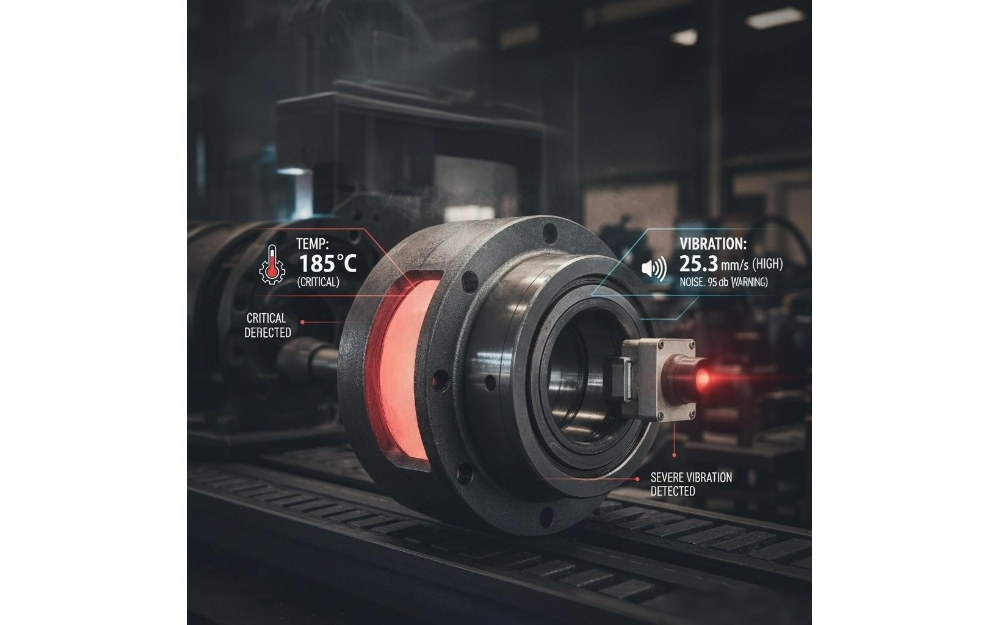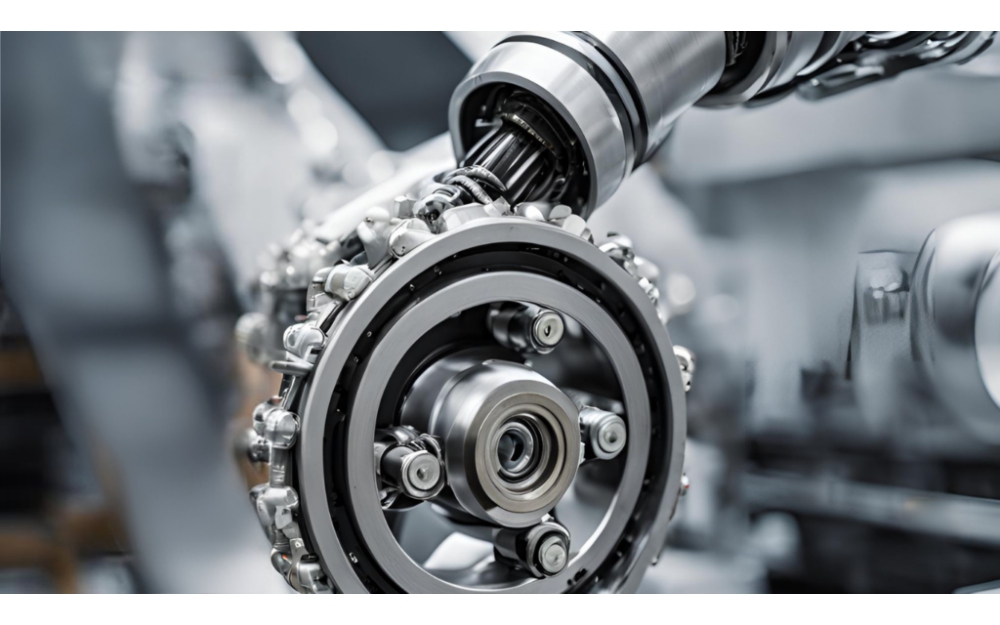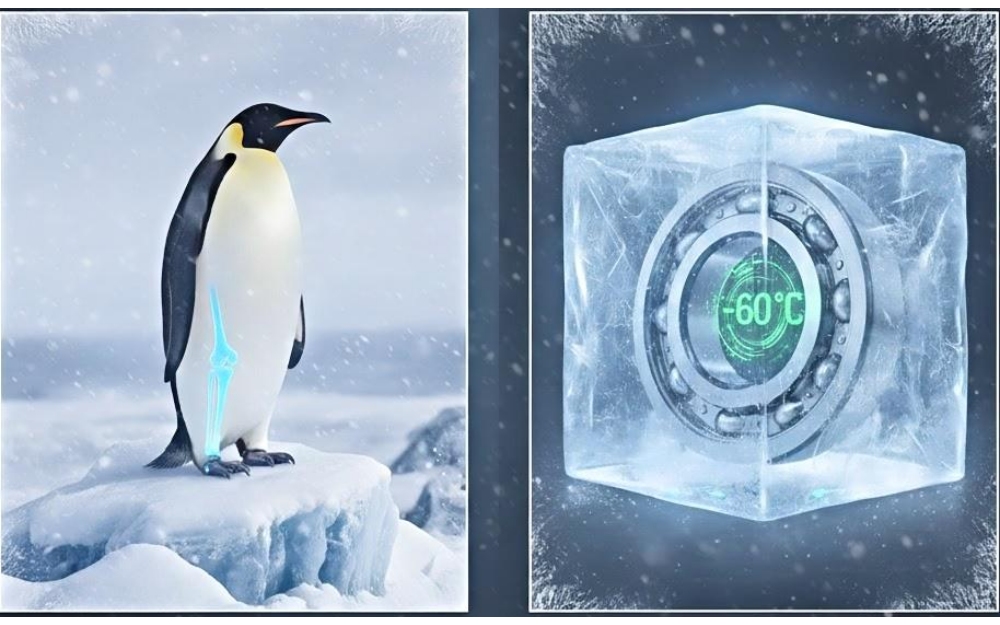Bearings are the supports of mechanical transmission shafts and are an important guarantee for achieving the performance, function and efficiency of the main machine. They are known as the "joints" of the machine. Their main function is to transmit force and motion and reduce friction loss. Is such a high-end device a product of modern times? Surprisingly, it first appeared in China 8,000 years ago.
The earliest "bearing"
In the Neolithic Age 8,000 years ago, China saw the emergence of slow-wheel pottery making technology. The potter's wheel used for pottery making is a disc with an upright rotating shaft. The kneaded clay or rough blank is placed in the center of the potter's wheel to make the wheel rotate.
Second bearing user
More than 2,000 years later, ancient Egypt, 6,000 years ago, built a vast pyramid. During the construction process, the ancient Egyptians placed a row of wooden poles under the pry board and used the rolling of the wooden poles to move heavy objects. People called it Moron transportation. This is the same working principle used by modern linear motion bearings.
Wheel prototype
Later, people found that using a wooden wheel with a large diameter could transport faster, so the diameter of the wooden wheel became larger and larger, and gradually evolved into a wheel with an axle, which formed the earliest prototype of the wheel. Of course, the wheel is also an invention of our Chinese nation. During the Yellow Emperor period 4,700 years ago, the first vehicle in human history drove onto the historical stage. The Yellow Emperor built a car, so he was called Xuanyuan. Xuan is an ancient car with a shed, and the shaft is the basic component of the car.
Humans have been using bearings quietly in their exploration.
Until 2,200 years ago, due to the extensive practice of the invention and application of bearing technology in the Zhou, Qin and Han dynasties, this device has been clearly recorded in some important cultural classics of the Qin and Han dynasties, and has a special term, the more common ones are "axis",etc., and later gradually developed into "shaft bearing". The current Japanese expression for bearings is still "shaft bearing".
 Abnormal temperature rise and vibration noise: Interpreting early warning signals of bearing housing failure!
Abnormal temperature rise and vibration noise: Interpreting early warning signals of bearing housing failure!
 The Bearing Revolution: When Traditional Machinery Meets the Smart Era
The Bearing Revolution: When Traditional Machinery Meets the Smart Era
 How "Bearing Master" can carry the whole show and make your equipment say goodbye to "emo"!
How "Bearing Master" can carry the whole show and make your equipment say goodbye to "emo"!
 Penguin knees and our bearings: which is more resistant to the cold? — Exploring bearing technology for extreme environments
Penguin knees and our bearings: which is more resistant to the cold? — Exploring bearing technology for extreme environments

